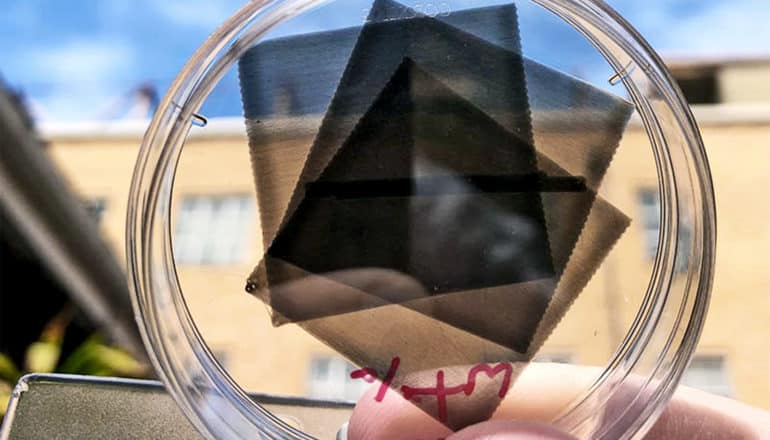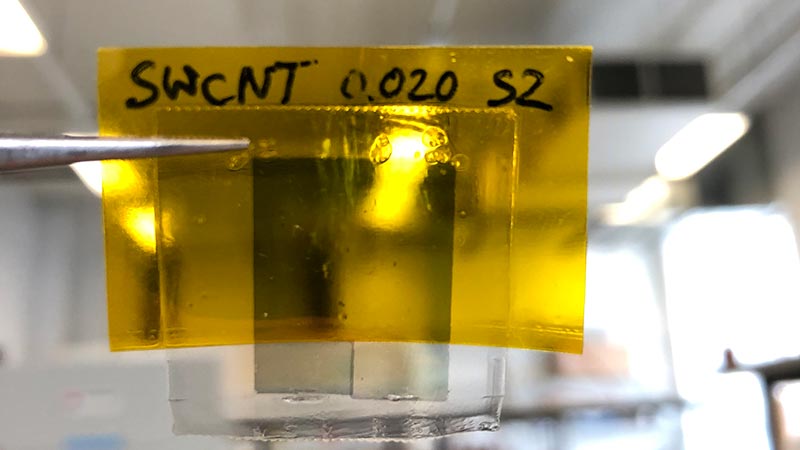
Researchers have increased the electrical output of a flexible polymer.
What started out as a project that the Reserve Bank of Australia commissioned as a detection mechanism for counterfeit notes fast turned into potential for unexpected positive outcomes.
Amanda Ellis, a professor in the chemical engineering department at the University of Melbourne, says the polymer could become an energy transmitter for a pacemaker, negating the need for surgery each decade to replace the heart pump’s battery.
Capturing and transmitting the kinetic (movement) energy of the heart beating, the polymer would provide a continuous charge for the pacemaker battery; something previously considered impossible.

In a different direction, the polymer could also be placed underneath road surfaces. By capturing the movement of cars passing over it, this energy could in turn power nearby streetlights, as an example.
The uses are plentiful, due in large part to the way the polymer is made. It is 3D printed aligning the polymer molecules to an embedded nanomaterial, a first for this type of material. Secondly, the polymer can be recycled, making it a more sustainable option. Where similar polymers must be discarded after use, the researchers have been able to dissolve the material and reprint it.
Another benefit: the production process is less energy intensive than many similar methods.
“We’ve worked out how we can manipulate things at a molecular level targeting the alignment of particles to reduce energy requirements. Previously we’d approached things at a macro level,” says Nick Shepelin, a PhD candidate.
Testing researchers carried out in the United States has also proven the polymer is biocompatible, allowing it to be used for medical purposes.
While enthusiastic about the future possibilities, the chemical engineers point out that the discovery is at an early stage. Next steps include production at scale and applications for further funding to undertake clinical trials.
Funding for the research came from the Australian Research Council’s Linkage Grant.
Source: University of Melbourne
The post Flexible polymer could power future pacemakers non-stop appeared first on Futurity.
from Futurity https://ift.tt/2ssXNVY
No comments:
Post a Comment